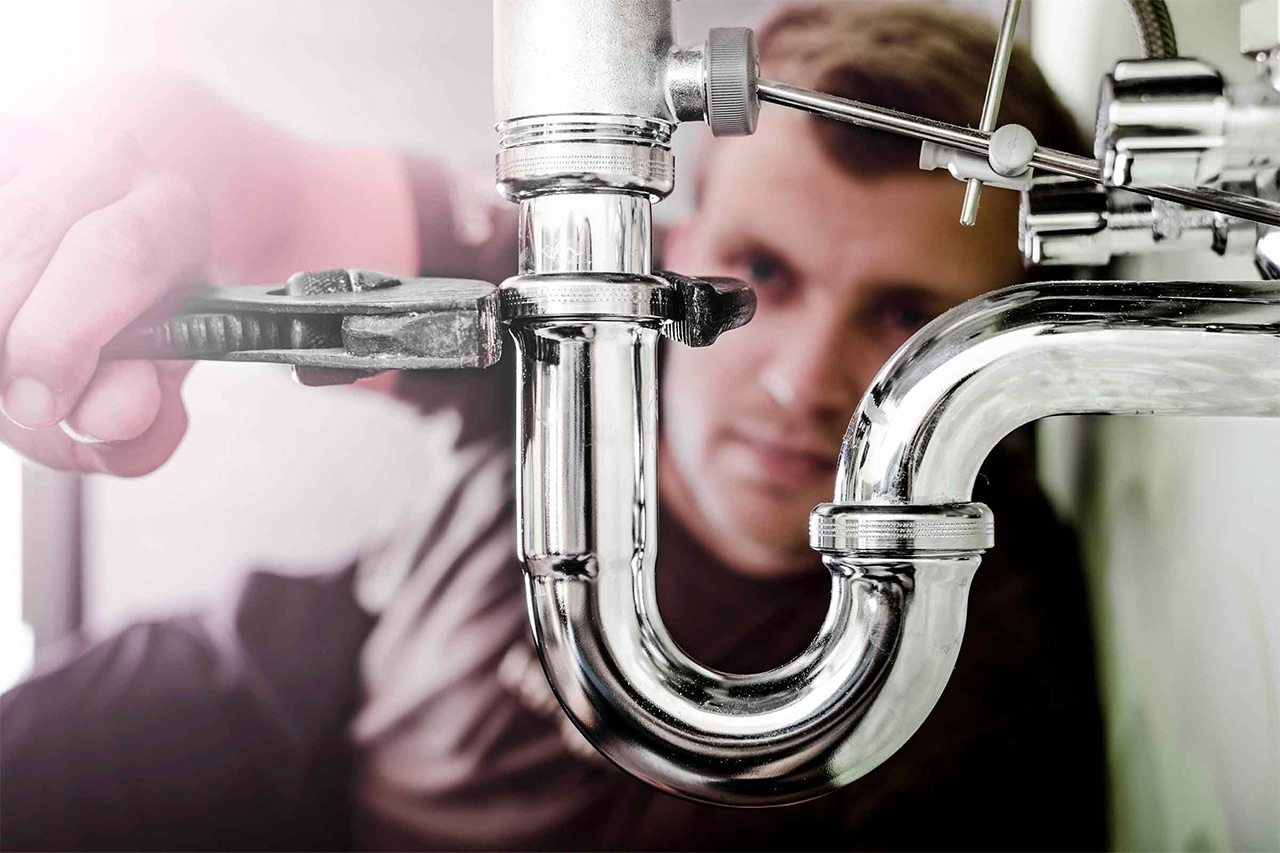Five Plumbing Tasks Every Dad Can Do
When you have to foot the bill for the additional costs that come with little ones of all ages, it’s important to make a saving wherever you can. Over the years, there has been a decline in the level of practical skills some dads have, but that doesn’t mean there aren’t still some simple plumbing tasks that you can do.
Of course, we’ve all heard the horror stories when it comes to DIY plumbing jobs, so be careful not to bite off more than you can chew. Also, make sure you turn the stopcock in a clockwise direction to shut off the water supply before you do any work.
The toilet doesn’t flush
Having a toilet that doesn’t flush is certainly not ideal, particularly when you discover the fault after the event. The most likely cause is a split flush diaphragm. If that’s the case, there’ll be no resistance when you pull the flush. To fix this problem you’ll have to replace it, which is possible to do yourself:
- Turn off the water to the cistern, flush the toilet and soak up any remaining water with a sponge.
- You’ll then be able to unclip the connection between the handle arm and the flush unit.
- The next job is to release the back nut under the cistern so you can pull the flush unit clear.
- Then unclip the bottom half of the connection clip and pull out the unit that contains the diaphragm.
- Unclip and slide off the diaphragm, replace it and reassemble.
Here’s a very simple but effective video to help:
Change a tap
No matter what kind of tap you have or where it is, the principles are the same. The first job is to turn off the water. If you have an isolation valve on the supply, turn the water off from there; if not, you’ll have to turn it off at the main stopcock. You can then get started:
- Disconnect your supply pipe from the existing tap so it can be removed. A basin spanner is the perfect tool for getting under the sink itself to release the compression nut on the base of the tap.
- Using the same spanner, position it back under the sink and this time wrap the jaws around the back nut on the base of the tap that holds the tap to the sink. You should now be able to remove the old tap.
- Give the area around the tap hole a good clean to remove any old sealant, muck or debris. You can then take your new tap and place it in the tap hole. Using your spanner, tighten the back nut that holds the base of the tap to the sink.
- You can then screw the end of your tap connector to the base of your tap. With the tap end connected, the next job is to connect the other end to the supply pipe.
- Finally, turn on the water and test the tap to check there aren’t any leaks.
Unblock a sink
There are a number of very simple ways to unblock a sink, and no plumbing knowledge is required at all. Here are two tried-and-tested methods:
- Use a plunger – The first method we’d recommend is plunging the sink to try and dislodge the blockage. There’s no special trick to this. Just place the cup of the plunger over the plughole and plunge away. This will suck the air out of the sink and force it back in to hopefully dislodge the blockage.
- Breaking up more stubborn blockages – If your blockage is made of sterner stuff, you’ll need to use a solution to break it down. The cheapest option is to pour baking soda down the plughole followed by some vinegar, then flushing it through with hot water when the fizzing sound subsides. If that doesn’t work, specialist sink-unblocking solutions will usually do the trick. However, they are quite harsh, so make sure you rinse them away thoroughly after use.
Replace a ballcock
Replacing the ballcock in your toilet is one of the simplest DIY tasks you can do at home. The first job is to find the shutoff valve, which will be located close to the floor near the back of the toilet. Turn it to the right to prevent water flowing into the toilet tank. Flushing the toilet will then drain the water from the tank so you can get to work.
- You can now remove the ballcock assembly. This is an easy job but make sure you remember where each part goes so you can put it back together again. You need to remove the float arm by unscrewing it from the ballcock valve assembly. Then unhook the tube that refills the tank from the overflow tube. You can then unscrew the bolt at the bottom of the tank to remove the inlet pipe and the ballcock assembly.
- We recommend taking the ballcock assembly with you to a DIY store so you can find the perfect match. Then, place the new ballcock assembly in the tank, line it up correctly and replace the nut and bolt. Do not tighten it too much or you risk damaging the assembly. You can then replace the other components in the reverse order of the above before turning the shutoff valve to the left to enjoy the benefits of a working flush.
Fix a dripping shower head
A dripping shower head is an annoying and common household problem that’s usually easy to fix (depending on the cause) without the assistance of a professional. The most common cause of a leaky shower head are holes that become blocked by limescale and other mineral deposits. To resolve this problem, all you need to do is:
- Turn off the shutoff valve to the bathroom or the mains water supply.
- Disconnect the showerhead.
- Leave the shower head submerged in a bowl of white wine vinegar for 8 hours. That will dissolve any mineral deposits.
- Scrub the shower head with a stiff plastic brush to remove any mineral deposits that have not been dissolved.
- Replace the shower head and turn on the water supply. If there’s no drip, then the problem has been fixed.
Call a professional if you need some help
If you get stuck with any of these fixes, you should always call a professional. The cost of a plumber is far less than the potential damage you could do to your home. Most professional plumbers will do some basic checks and provide a quote free of charge to give you a clear idea of the cost first.



